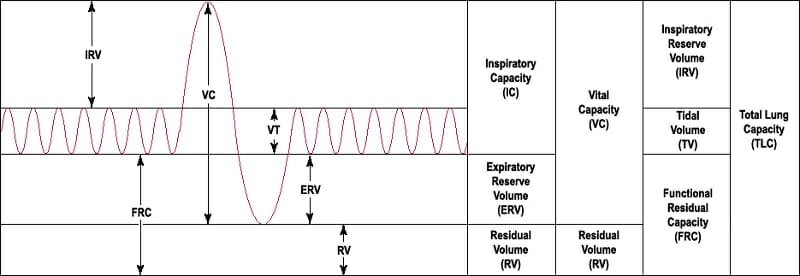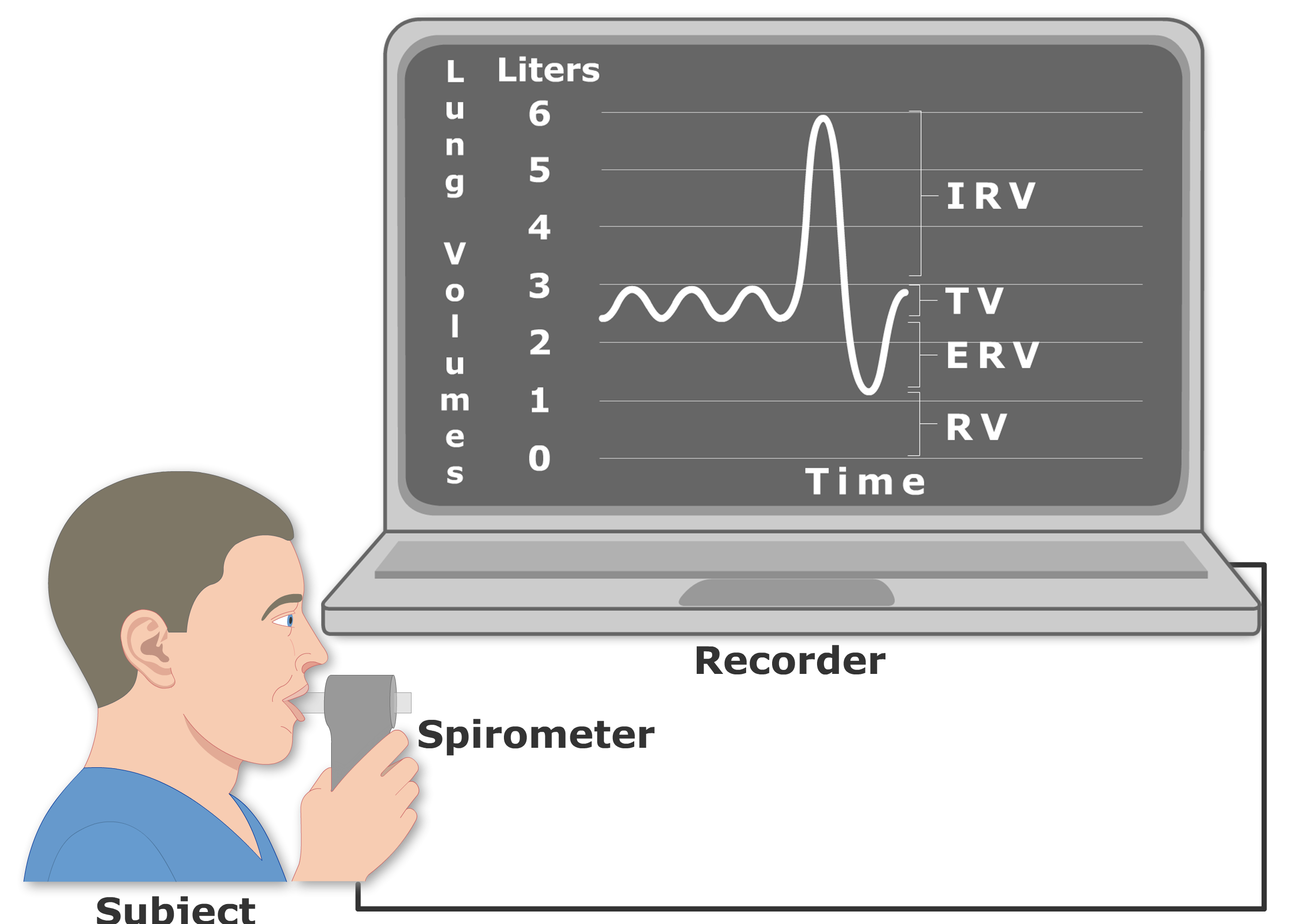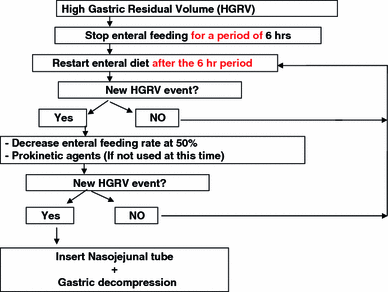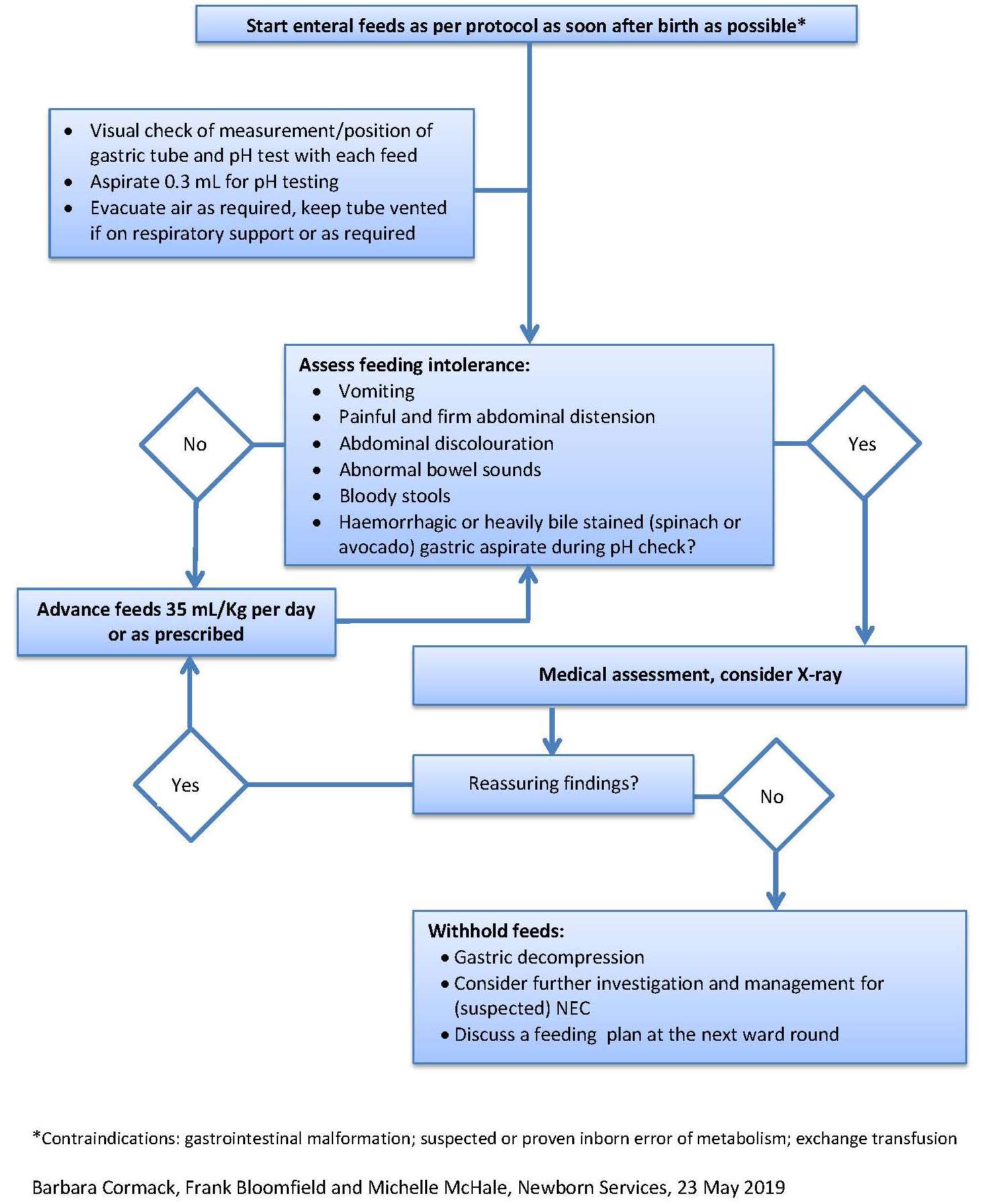Impressive Info About How To Check Residual Volume

Connect the feeding tube to a 60cc catheter tip syringe.
How to check residual volume. This very accurate method for measuring residual lung volume uses a plethysmograph, which is an enclosed instrument (a small chamber you sit in) used for. Checking for gastric residual volume (grv) 1. We do not need to be checking residuals.
Pullen, jr., is a professor of nursing at amarillo (tex.) college. The two most common methods are ultrasound or bladder catheterization. Gently draw back the plunger of the syringe to withdraw stomach contents.
This can be accomplished through ultrasound, bladder scan, or by. If your tube collapses even with gentle pressure, attach the tube to a drainage bag for 15 minutes to. To extract stomach contents or residuals, pull back on the syringe’s.
One way to check the residual volume on a patient who is getting intermittent tube feedings via ng tube is to aspirate the contents of the stomach through the ng tube and measure the. To ensure that your stomach is emptying properly, check the residual before each feeding. However, there is a paucity of scientific.
Connect a syringe to the peg tube. The tlc, frc, and rv are absolute lung volumes and cannot be measured directly with spirometry. Residual volume is the amount of air that remains in a person's lungs after fully exhaling.
Check before each feeding 2. For continuous feedings, check residual volume every 4 to 6 hours, and just before each intermittent feeding. Read the amount in the syringe.

![Pdf] Checking Gastric Residual Volumes: A Practice In Search Of Science? | Semantic Scholar](https://d3i71xaburhd42.cloudfront.net/10f90b7bdebbe1708ce68e8150db7dd8af0522c8/3-Table2-1.png)






![Pdf] Checking Gastric Residual Volumes: A Practice In Search Of Science? | Semantic Scholar](https://d3i71xaburhd42.cloudfront.net/10f90b7bdebbe1708ce68e8150db7dd8af0522c8/2-Table1-1.png)



:max_bytes(150000):strip_icc()/GettyImages-1177318902-e8bc4faa217240c680bc7e636470d259.jpg)



